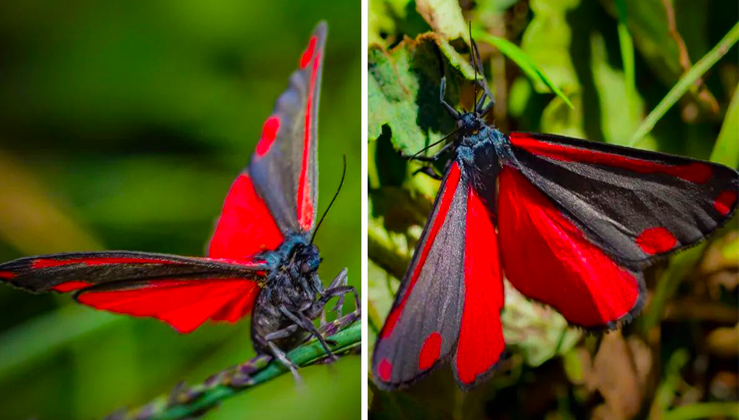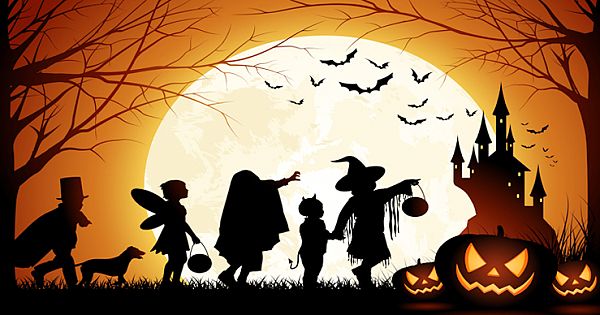Cinnabar Moths Are Perfectly Named For Their Striking Red And Black Looks
This species is so named due to the colour of the hindwings and the markings on the forewings which make it unmistakeable. There is little variation although on rare occasions the pinkish markings are replaced with yellow, or the forewing is red with a black border or the wings are completely black. Easily disturbed by day and flies in sunshine. Also flies after dark.
The cinnabar is well-known for its love of ragwort plants - look for a striking black-and-red moth that flies during both day and night in grasslands, gardens, waste ground, pastures and hedgerows. It is a moth of rough grassland and hedgerows, gardens and waste ground, where the black-and-yellow-banded caterpillars feed on common ragwort, other ragworts and groundsels. Adults are on the wing during the summer, flying in the sunshine, but also at night. They are easily disturbed, fluttering up from their feeding plants. The caterpillars pupate in autumn, spending the winter as cocoons on the ground, before emerging as moths the following summer. The bright colouring of the adults and caterpillars warns predators that they are unpalatable, having ingested the poisonous ragwort plants.




